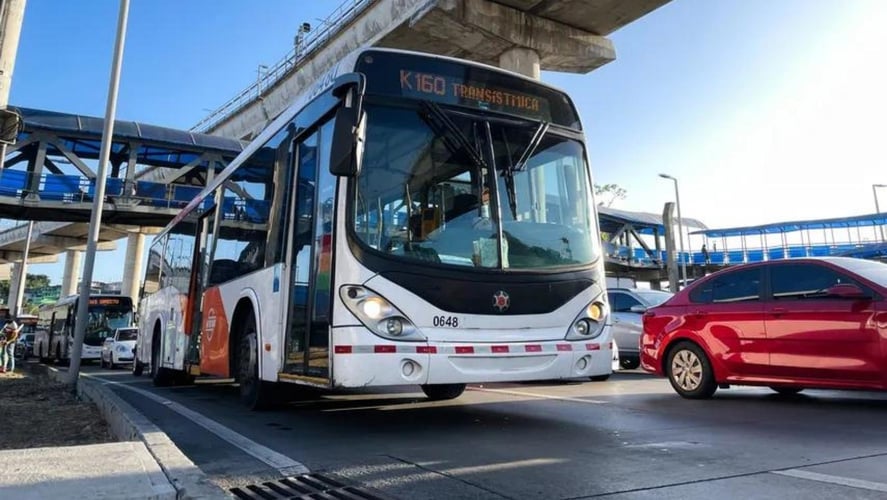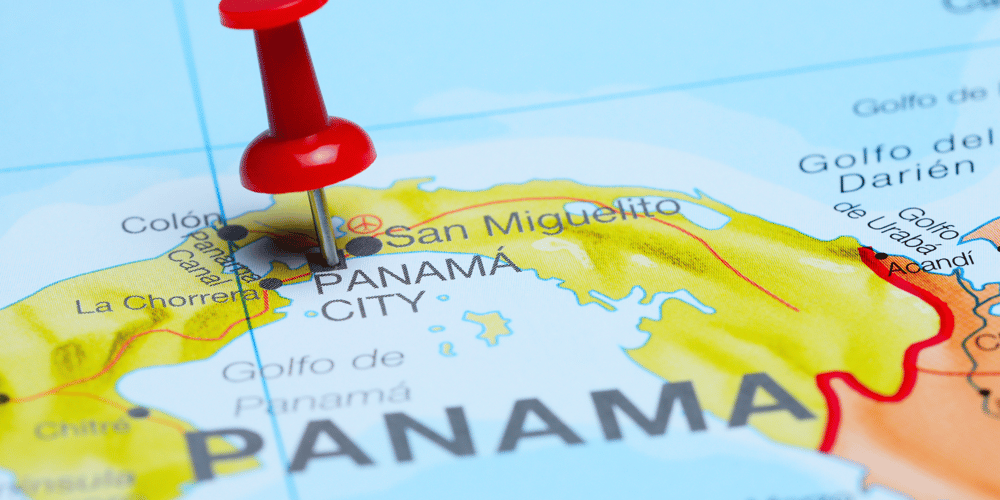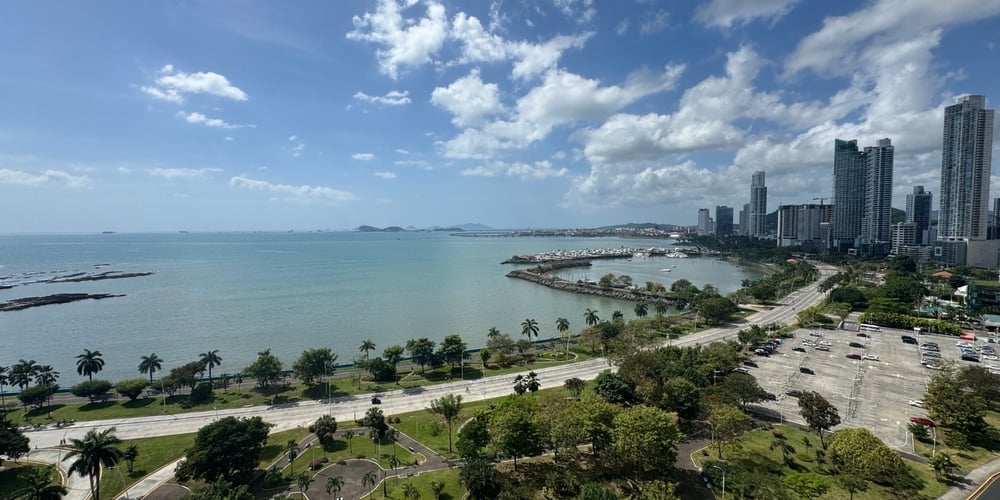Panama's Metro System, 4th Bridge, Enhanced Roads, and Terminal 2.
Panama, a vibrant nation in Central America, is witnessing a groundbreaking transformation in its urban transportation landscape. From the efficient Metro system to the construction of a new bridge over the Panama Canal, and with enhancements to key roadways, Panama is enhancing connectivity, reducing travel times, and fostering economic growth.
Furthermore, the recent inauguration of the new Terminal 2 at Tocumen International Airport is set to elevate Panama's status as a global transportation hub. In this article, we explore the achievements of Panama's Metro system, the significance of the new bridge, the recent enhancements to the Corredor de las Playas highway, and the state-of-the-art Terminal 2 at Tocumen International Airport.

Efficiency and Reliability of Panama's Metro System:
Panama City's Metro system has been a game-changer in urban transportation since its inception in 2014. Line 1, spanning 16.5 kilometers from Albrook to Los Andes, and Line 2, covering 21 kilometers from San Miguelito to Nuevo Tocumen, connect major residential and commercial areas, providing commuters with an efficient, reliable, and affordable mode of transportation. With integrated bus terminals, the Metro system ensures seamless transfers between different modes of transportation, promoting sustainable commuting practices and offering enhanced connectivity.
Enhanced Connectivity and Future Expansions:
Panama's commitment to meeting growing demands is evident through its ambitious Metro system expansion plans. The ongoing construction of Line 2 will establish vital connections between Albrook, Costa del Este, and the Tocumen International Airport, further reducing travel time and enhancing connectivity. Moreover, the extension of Line 3 to the eastern suburbs, encompassing La Doña, Pedregal, and Ciudad del Futuro, will cater to the burgeoning population in these regions, providing an efficient and sustainable transportation option.

The New Bridge Over the Panama Canal:
Panama's new bridge over the Panama Canal is a monumental infrastructure project that will significantly enhance connectivity. Situated near the Pacific entrance of the canal, the bridge will link Arraiján and La Chorrera, serving as a strategic connection between Panama City and the western provinces. With construction work now resumed, the bridge will alleviate traffic congestion on the Centennial Bridge, streamlining transportation efficiency, and reducing travel times.

Improved Roadways: The Corredor de las Playas:
Panama has also focused on improving its road network to optimize transportation. Notably, the Corredor de las Playas highway underwent a transformation to reduce travel distances. Transportation Minister Rafael Sabonge implemented measures to shorten the highway by 6 kilometers, converting it into a dual carriageway. This enhancement aims to improve traffic flow, reduce congestion, and provide safer and more efficient journeys to the picturesque beach destinations of Panama.

State-of-the-Art Terminal 2 at Tocumen International Airport:
In a significant milestone for Panama's transportation infrastructure, the new Terminal 2 at Tocumen International Airport recently opened its doors. This state-of-the-art facility expands the airport's capacity to handle the increasing number of passengers, further solidifying Panama's position as a major global transportation hub. With modern amenities, enhanced security measures, and advanced passenger services, Terminal 2 offers a seamless travel experience for international and domestic travelers, fostering economic growth and attracting more visitors to Panama.
Benefits and Economic Opportunities:
The integration of efficient transportation networks, including the Metro system, the new bridge over the Panama Canal, improved roadways like the Corredor de las Playas, and the new Terminal 2 at Tocumen International Airport, will generate numerous benefits for Panama. Improved connectivity will facilitate regional development, trade, and tourism, ultimately boosting economic growth. These infrastructure projects will create employment opportunities for a diverse range of skilled workers, contributing to the local economy and improving living standards for nearby communities. Panama's commitment to sustainability ensures that these projects incorporate environmentally friendly practices, promoting a greener and more sustainable transportation network.
Conclusion:
Panama's visionary approach to urban transportation is transforming the country's landscape, fostering connectivity, reducing travel times, and driving economic growth. The Metro system has revolutionized commuting experiences, providing an efficient, reliable, and affordable mode of transportation. The new bridge over the Panama Canal will alleviate congestion, streamline travel, and enhance connectivity between Panama City and the western provinces. The improvements to the Corredor de las Playas highway enhance traffic flow and safety, offering seamless journeys to beach destinations. The opening of Terminal 2 at Tocumen International Airport further elevates Panama's global transportation hub status, accommodating the increasing number of passengers with modern facilities and services.
These developments reflect Panama's commitment to building a sustainable and efficient transportation network. As the nation continues to invest in innovative infrastructure, it serves as an inspiration for other countries, demonstrating the transformative power of strategic transportation projects. With the Metro system, new bridge, enhanced roadways, and world-class airport terminal, Panama is paving the way towards a more connected, prosperous, and sustainable future.
.png?width=600&height=240&name=Untitled%20design%20(23).png)


